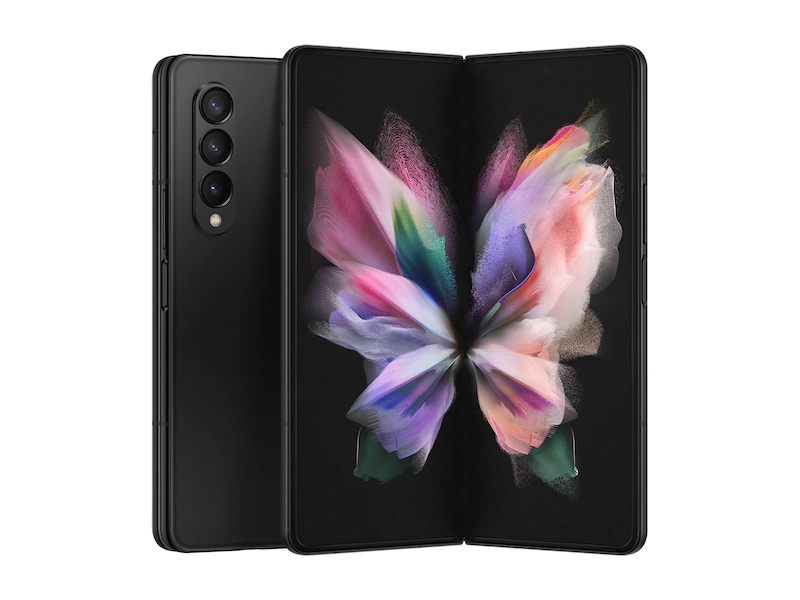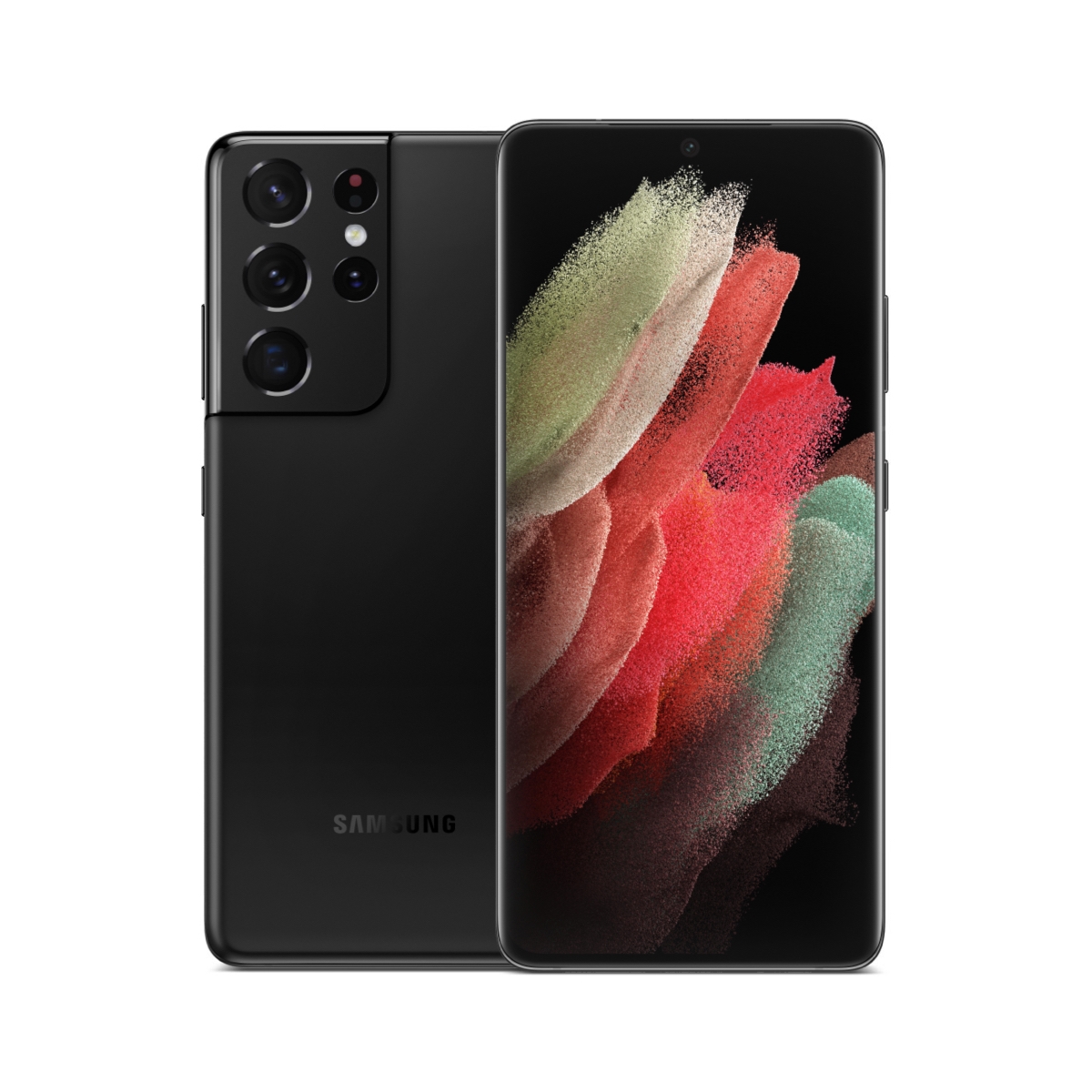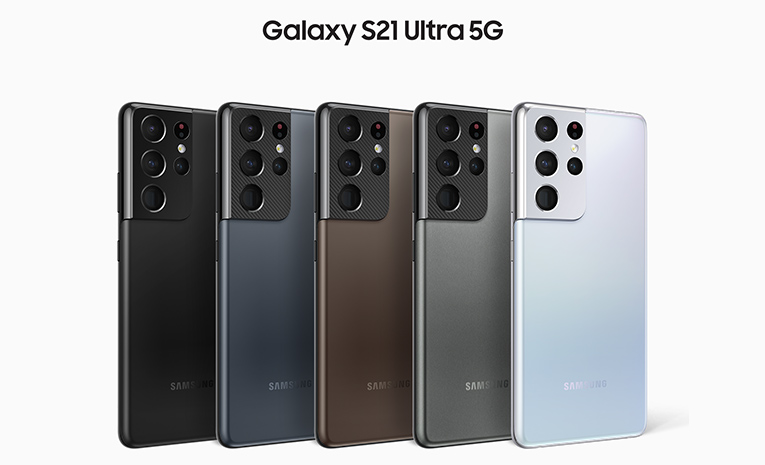Galaxy Z Fold3 5G 256GB (Unlocked) – Black/Green/Silver – Samsung US
Immersive Viewing. Easy Multitasking. S Pen and Flex mode. IPX8 Water Resistance. Armor Aluminum Frame. Real Flex and Less Breakable Screen.
When the 7.6-inch Infinity Flex Display lights up like magic, the front camera disappears — leaving behind nothing but your YouTube video.* With less bezel, no notch and an Under Display Camera, it’s the world’s first foldable phone with an uninterrupted view.
*Measured diagonally, the screen size is 7.6” in a full rectangle and 7.4” accounting for the rounded corners. The actual viewable area is smaller due to the rounded corners
S Pen and Flex mode
The first S Pen on a foldable.* Feels write. Get precision your fingers could only dream of as you put pen to glass. And you can watch, video call and more all hands-free with Flex Mode. It splits the screen in two, letting you work smarter — like taking a call on the top half and sketching ideas on the lower half.**
*S Pen Pro and S Pen Fold edition sold separately. Only use the Samsung S Pen Pro or the S Pen Fold edition designed exclusively for Galaxy Z Fold3. All other S Pens or stylus pens not designed for Galaxy Z Fold3 (including those by other manufacturers) may damage the screen. S Pen support only available on the Main Screen. **Certain applications may not support Flex mode. Flex mode supported at angles between 75° and 115°.
Easy Multitasking
Your phone delivers PC-like productivity, but folds in your palm for portability. Flex mode provides multidimensional experience, so you can do things faster, better and more efficiency.*
*Certain applications may not support Flex mode.
IPX8 Water Resistance
The world’s first water resistant foldable smartphone. An IPX8 rating means you can unfold freely, even if you’re caught in the rain.*
*Consistent with IPX8 rating, water resistant in up to 5 feet of water for up to 30 minutes. Rinse residue/dry after wet.
Additional information
| Screen Size | Main Screen: 7.6'' Dynamic AMOLED 2X (2208 x 1768) |
|---|---|
| Dimension | Open: 158.2 x 128.1 x 6.4 mm |
| Weight | 271g |






Reviews
There are no reviews yet.